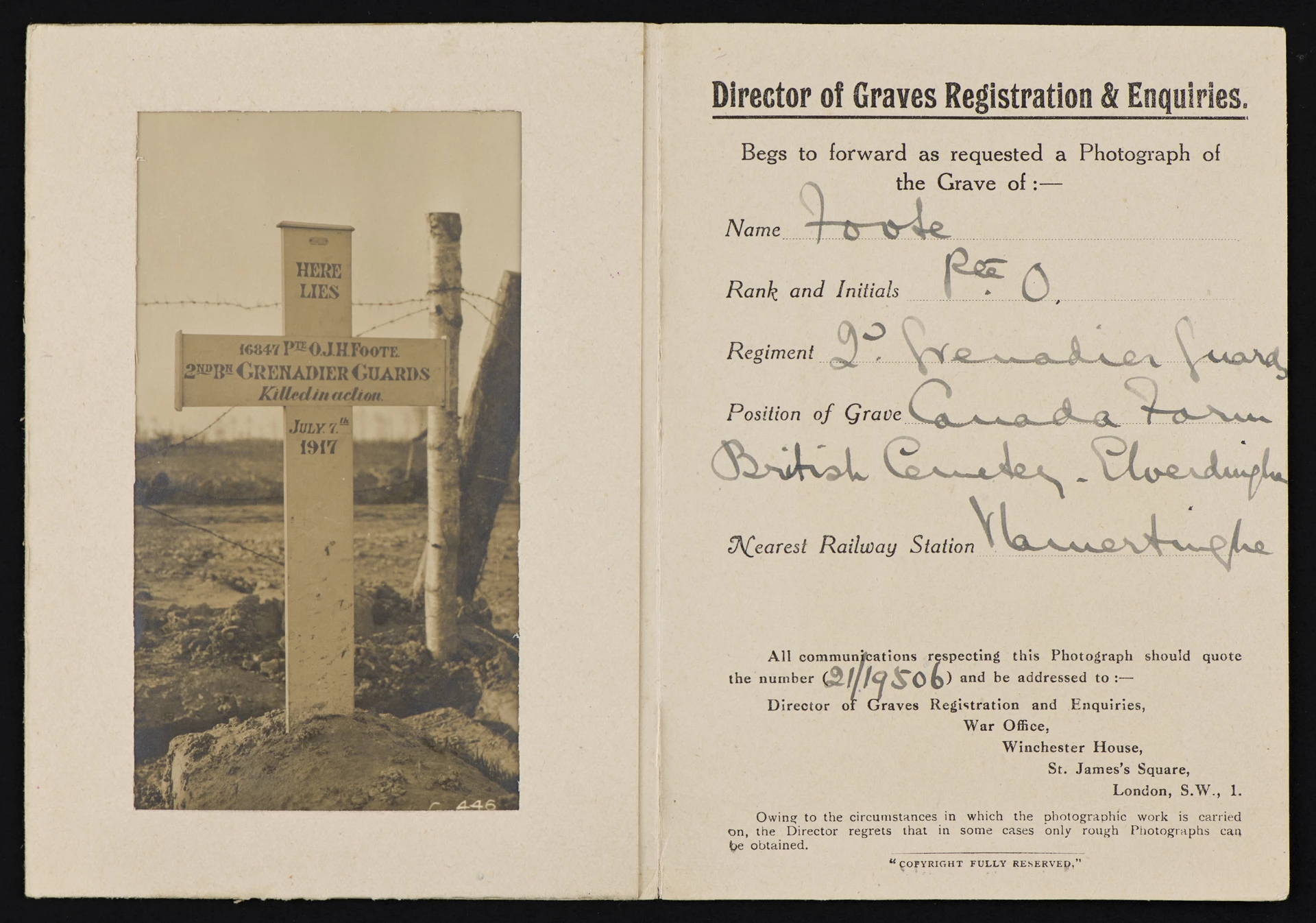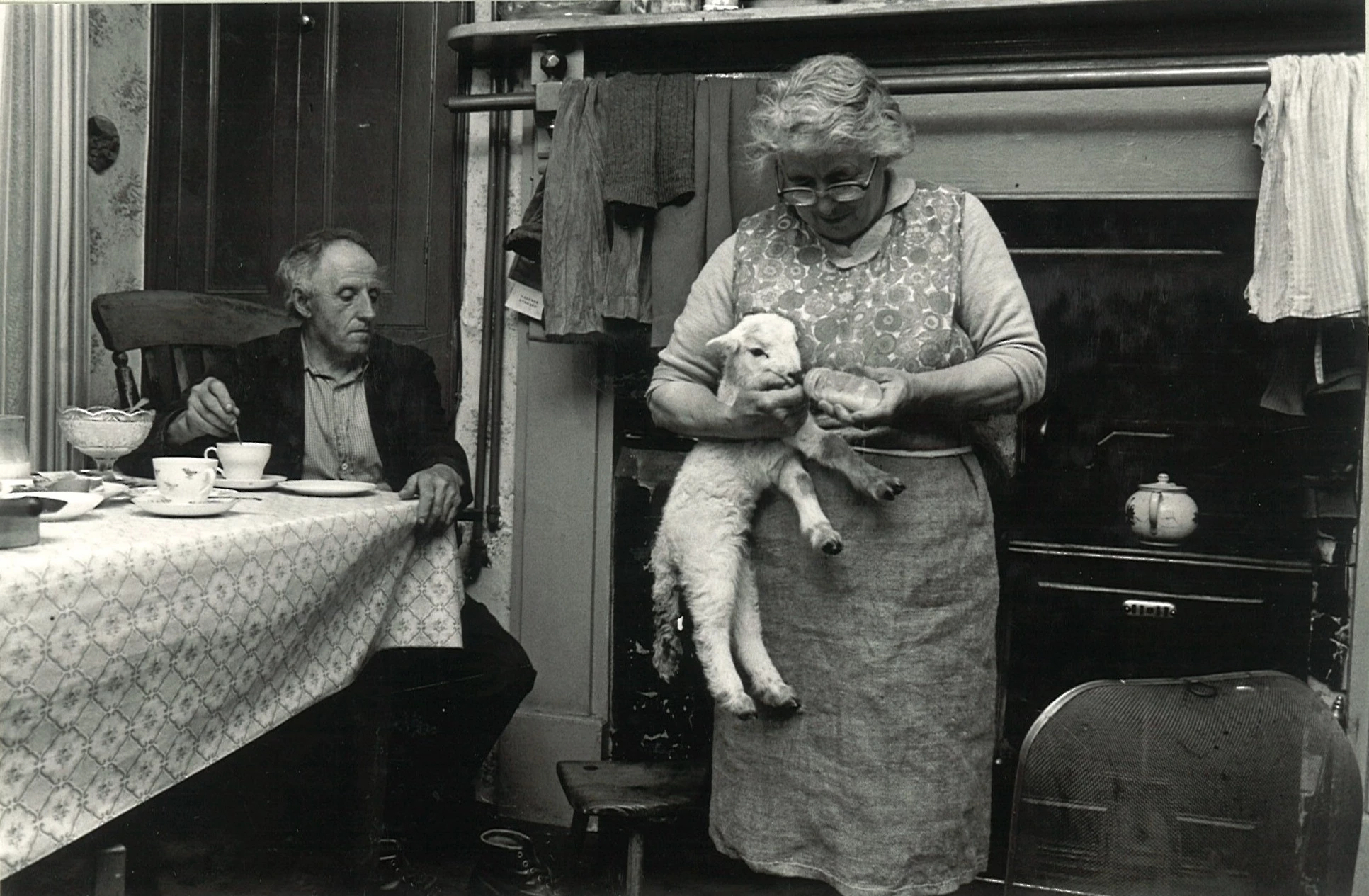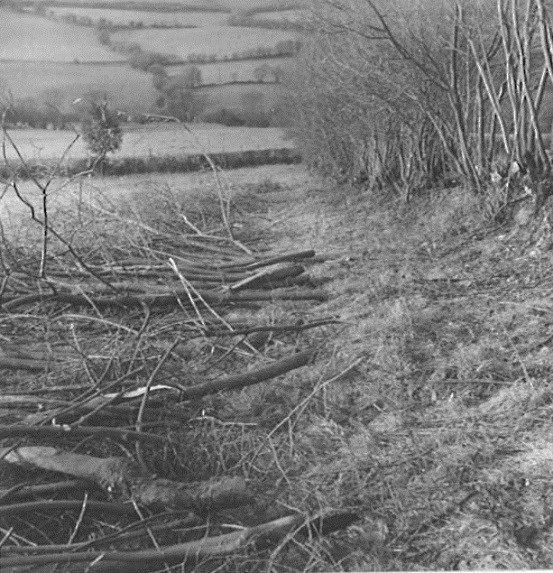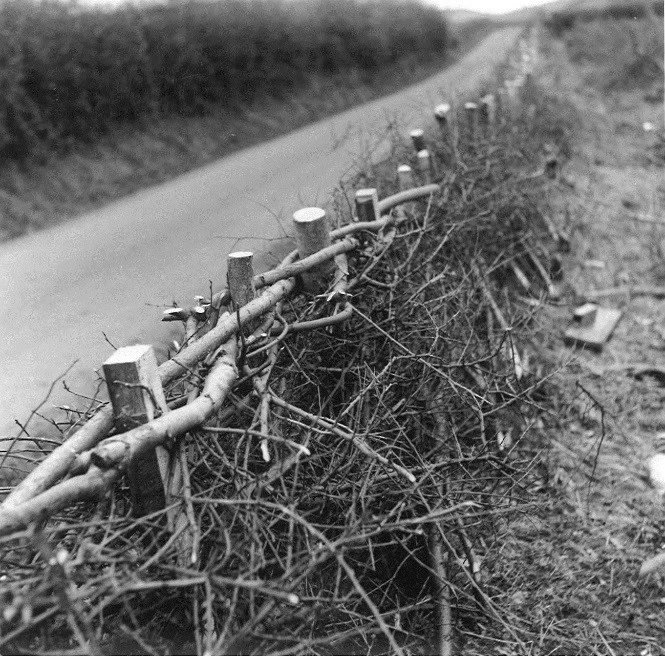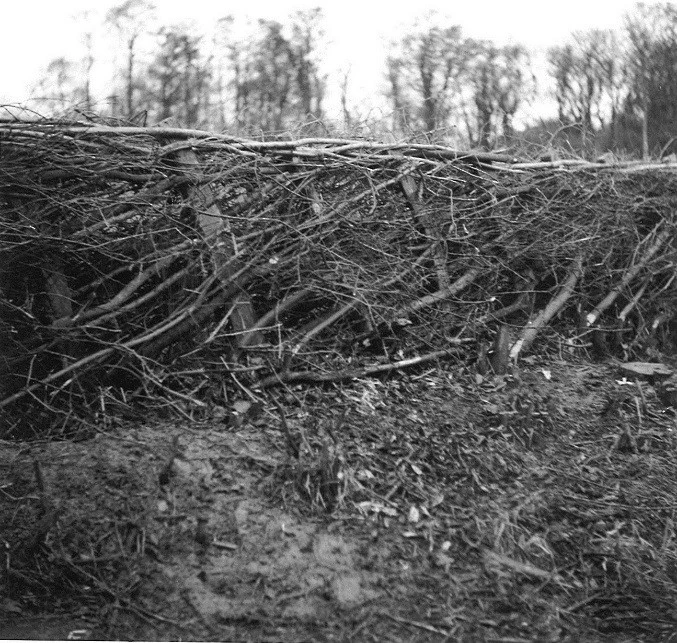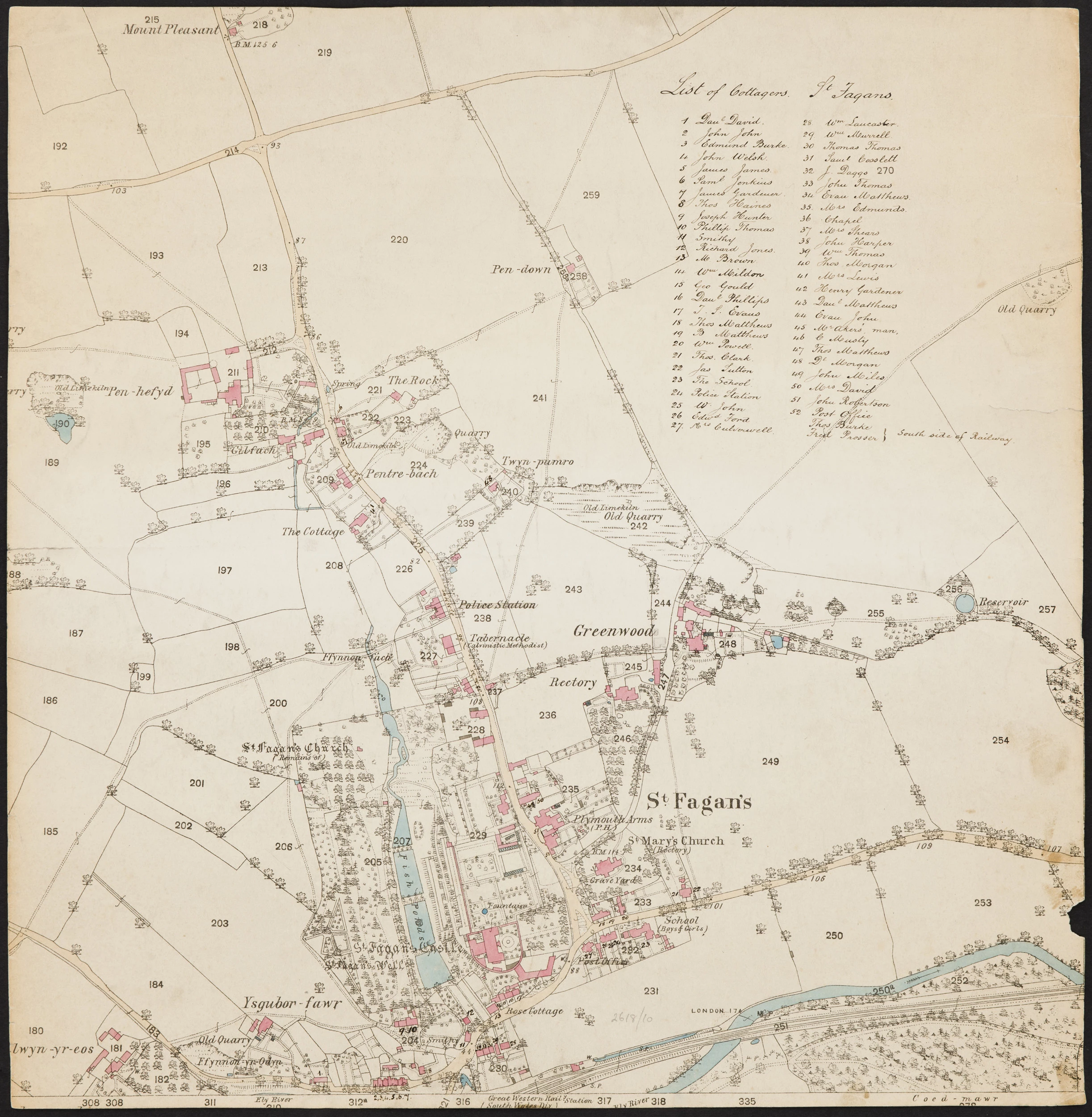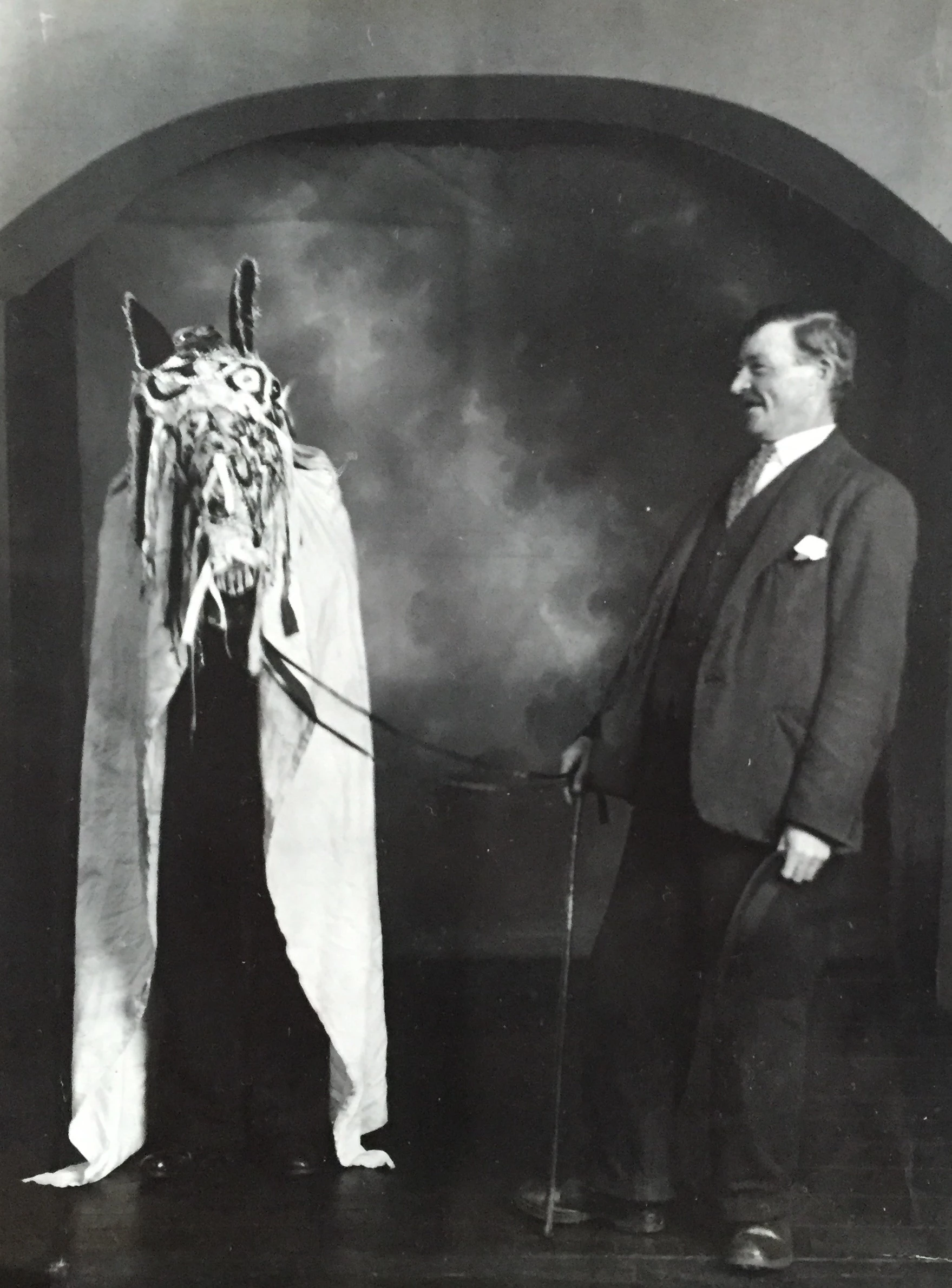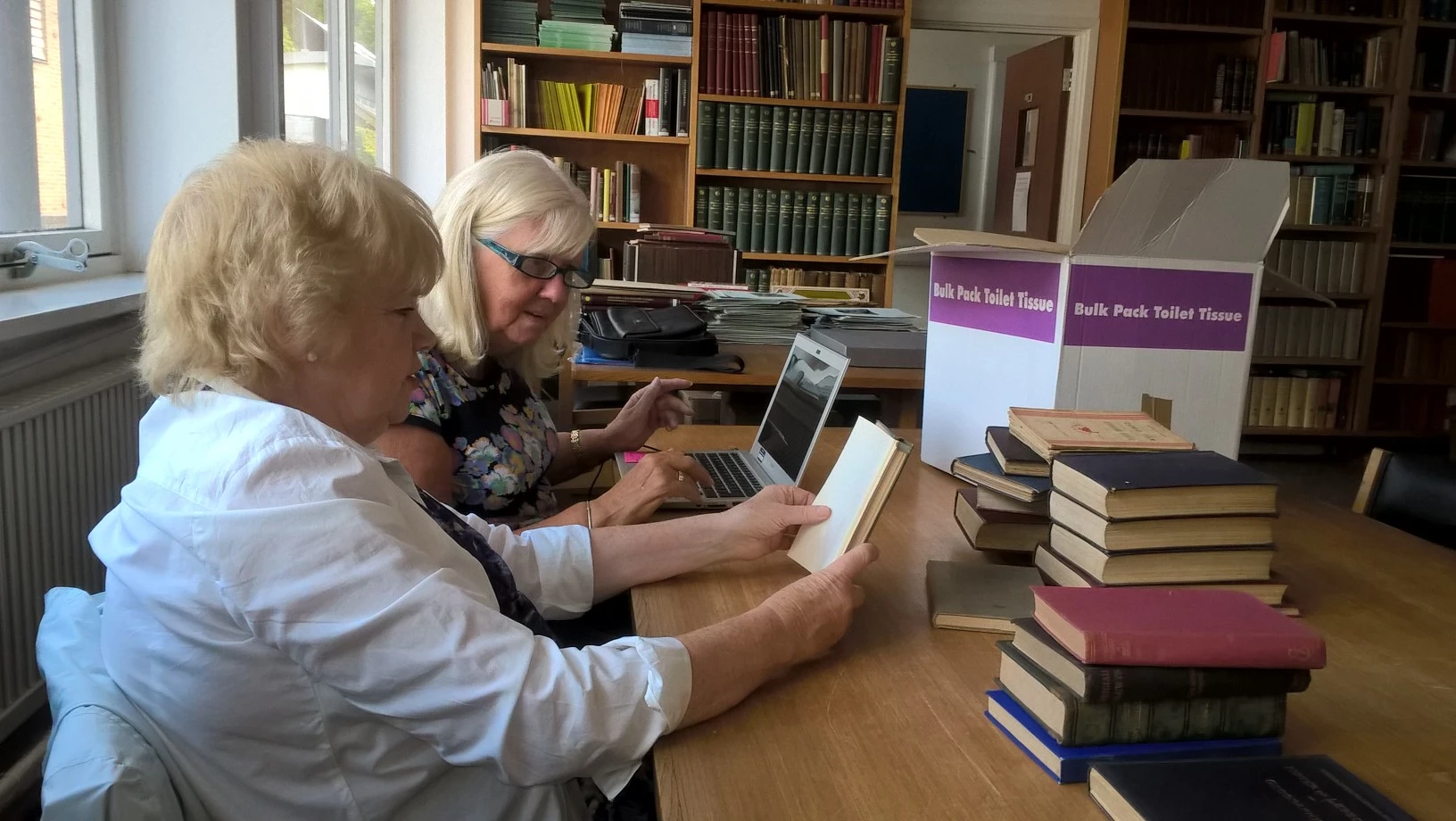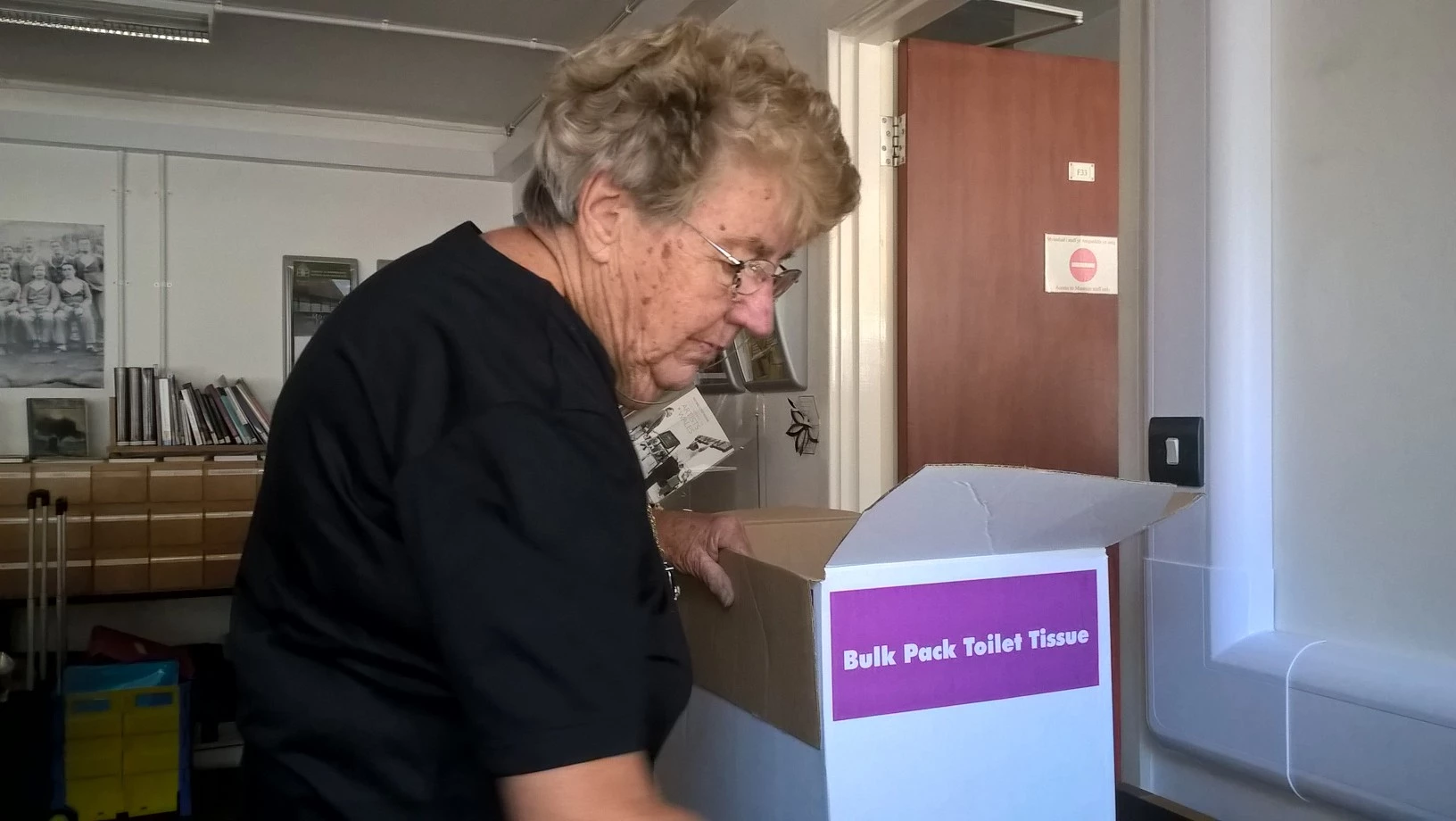A few years ago, while researching the history of St Fagans Castle during the First World War, I came across a number of oral history interviews in the Sound Archive with former tenants of the Plymouth Estate. The recordings were made in the 1970s and 1980s with people who had, for the most part, lived all their lives in St Fagans village. Although very few of the recordings yielded information relevant to my research, they did provide a vivid insight into the workings of the estate during the first half of the twentieth century, when village life revolved around the Castle and its owners – the Earl and Countess of Plymouth. With Christmas almost upon us, I thought I'd use my last blogpost of 2016 to share some of the villagers' recollections of Christmas at St Fagans in the early 1900s. Nadolig llawen!
Christmas beast
Alexander ‘Bert’ Warden, born in Cirencester in 1910, moved with his family to St Fagans as a child. In an interview with the Museum in 1979, he remembered distributing meat to the villagers at Christmas:
Penhefyd Farm was the home farm in those days. Of course, the Plymouth people kept cattle there and all the rest of it. At Christmas time, they’d have a beast and it would be slaughtered, cut up into various chunks and each family in the village was allowed so much – I think it was about 5lb for a man, and 3lb for his wife and so much for each child. Now that was delivered around for the villagers by workmen from the estate. I did it myself when I was a boy. That was one of the Christmas boxes from the Plymouth Estate. Also a couple of rabbits – each person had a couple of rabbits and a load of logs. [6020/1]
Mary Ann Dodd, a housemaid for the Plymouth family at the turn of the century, remembered using the Christmas beast to make soup for the villagers. In the early 1960s, at the age of 96 and living at the Grange Home for the Blind in Hereford, she wrote an essay for the Museum about her 30 years working at St Fagans Castle:
Every Christmas two animals were killed, and her Ladyship told Mrs Cousins to use the heads, legs and offal for soup. This was supervised by the Lady herself and was made in my biggest copper saucepan. It was so big I could almost stand in it. The Housekeeper put in the salt and seasoning, and my Lady was keen on plenty of parsley, and all five kitchen maids and myself prepared the vegetables. We cleaned celery, carrots and leeks. Once they knew that the soup was ready, the village folk came from breakfast time on with jugs and basins and all manner of things and they were all provided with meat and soup. [MS 1293]
Children’s party
Another festive tradition remembered with fondness was the children’s Christmas party. This was held in the Banqueting Hall – a large pavilion in the Castle grounds – before the end of the school term. Jessie Warden (née Mildon), who was born and brought-up in the village, described it as one of the 'perks' of living on the estate:
We were always a jolly lot. Lord Plymouth, every year, gave every child in the whole of the school – there could be a 100, there could be 50 – a Christmas party in the Banqueting Hall. Everything from the jelly to the Christmas presents at five shillings per child was paid by Lord Plymouth. And that was wonderful. It was a real Christmas party paid for by Lord Plymouth. There was a huge Christmas tree with your presents on the tree. Lady Plymouth was usually there and would give to the boys and Lord Plymouth would give to the girls. And they’d have a man with a ladder to get your particular present off the tree. The tree would then go to the Cardiff Royal Infirmary. [6020/1]
Mari Lwyd
Jessie Warden also recalled her childhood fear of the Mari Lwyd – a seasonal custom practiced without the patronage of the Plymouth Estate:
They had a Mari Lwyd every year. The Mari Lwyd used to come and that was a chap from Pentyrch, and there was one from Ely. There was one from the village, but then when he finished, his relatives in Ely came out in my day. When I was about ten. I can remember the Mari Lwyd. We were always petrified! The responses etc. were always in Welsh. [6020/1]
In 1933 the Museum acquired a Mari Lwyd for the collection from Thomas Davies of Pentyrch who would perform for one week either side of Christmas. At the time, the curator noted that he had been travelling with the Mari for 35 years and had connections with St Fagans. He probably visited the young Jessie Mildon and her family.

